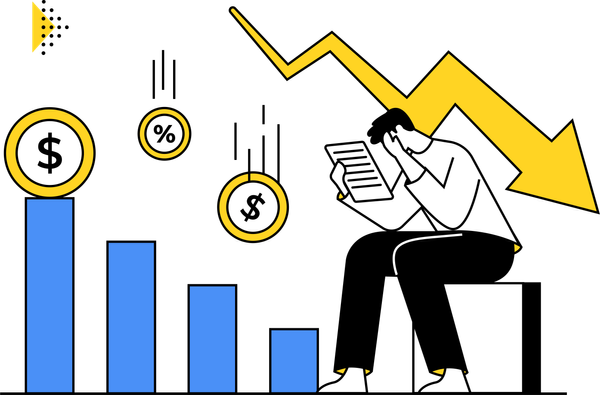What Makes a Game Marketable and Compelling, And Likely To Succeed
Discover the difference between marketable and compelling games and how to create a title that attracts players and keeps them engaged. Learn data-driven strategies for boosting social media engagement, wishlist conversions, and player retention to ensure your game’s success.

One of the things you will often hear about failed games is that “they are not marketable and compelling,” which insinuates that most games are low quality and, therefore, destined to fail. But what exactly constitutes low quality from an objective perspective? Would you consider these games low quality?
Because of their very basic visual aesthetics, extremely simple gameplay mechanics, or the seemingly unoriginal nature—appearing to be mere clones of other games—some might say that these games are not marketable. Yet, all of these titles became hit successes.
While the quality of a game is often subjective to personal tastes, it is possible to establish objective criteria that guide developers toward best practices. To escape the over 80% failure rate in games due to increased competition, games have to be both marketable and compelling.
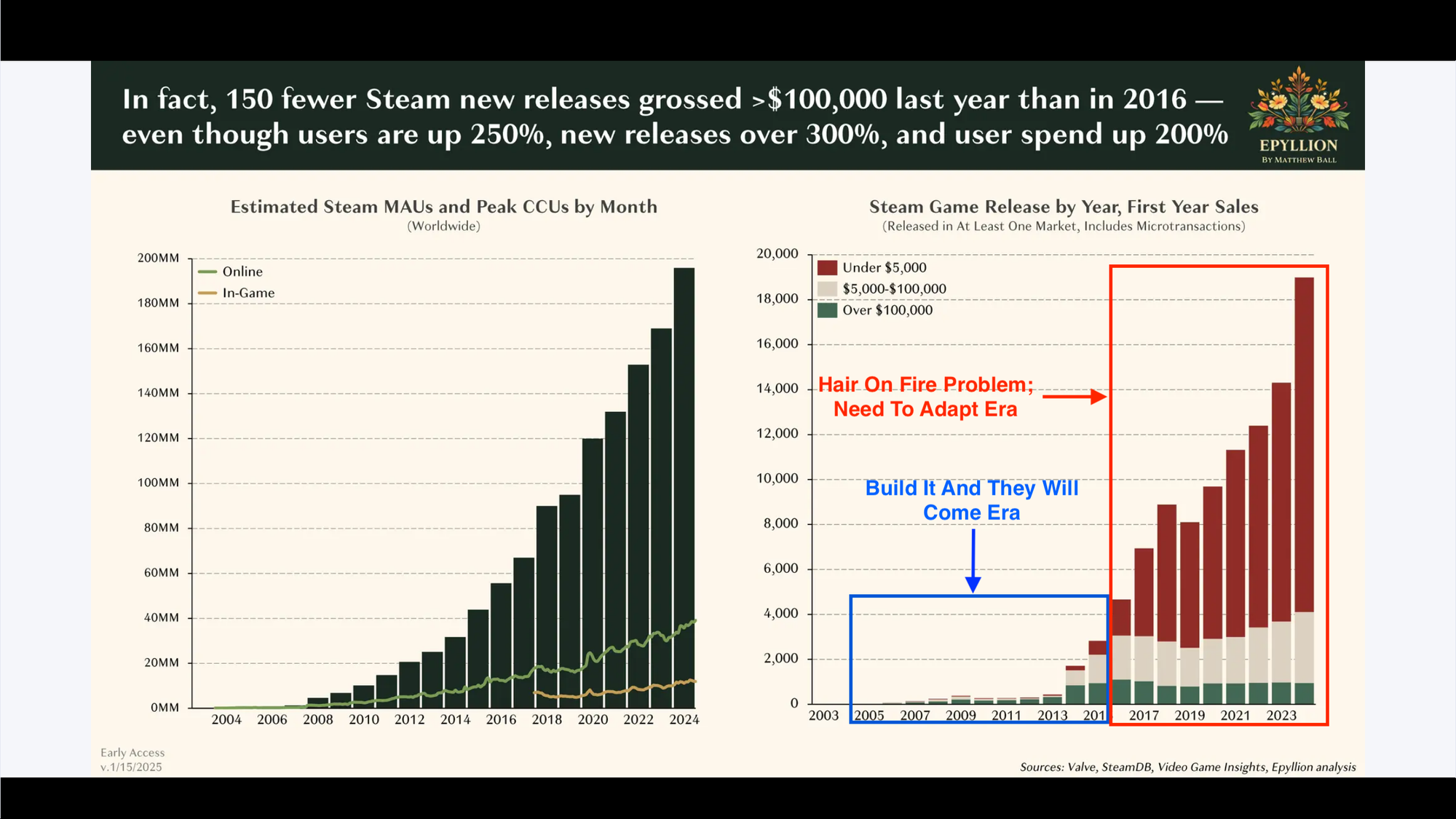
This article will explore how developers can create a game that is both marketable and compelling. We are going to use two approaches. The first is from Erik Kovac of Tilt Games, who works with numerous titles on influencer marketing, public relations, and go-to-market strategies. At Glitch, we employ data-driven marketing strategies to help drive a game’s success, and we will go over some of those strategies below.
Marketable Game vs. Compelling Game
One of the first distinctions that Erik and I made during our conversations is the difference between marketable games and compelling games, as the two terms are sometimes used interchangeably. The key difference emerges at different stages of a game’s development.
Let's look at movies as an analogy; does a movie need to be complete in order to make a trailer? No! Movie trailers are created in pre-production, from the time they finish their photoshoots to when only 20% of the movie is done. For example, in 2014, leaked test footage of Deadpool received such a positive reception that it led to the film getting the green light for production in 2015 and its release in 2016. This is a marketable movie without a movie.
The same applies to your game, where the marketability of a game can be cultivated at any stage of the development process—even at its inception. We previously wrote an article about using short-form devlogs in marketing to illustrate how such updates can build an audience from day one. Many of our clients successfully market their games and see significant wishlist growth even before a demo is available. In fact, numerous successful games generate excitement and build a marketable presence years before any demo is even playable.
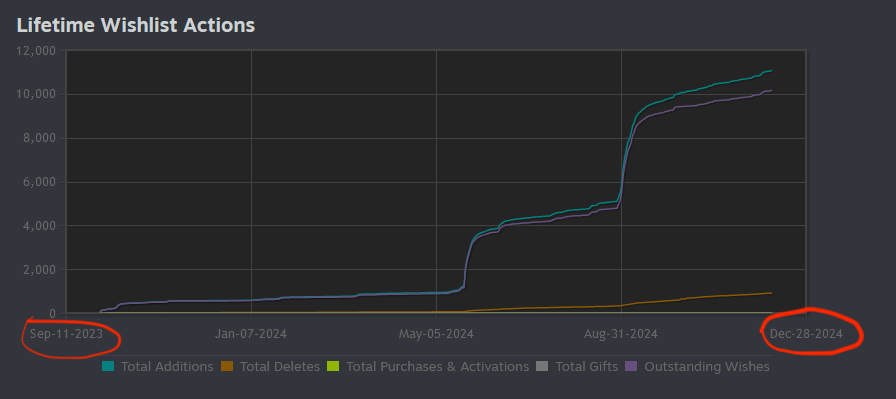
Thus, a marketable game is one that excites users to engage with its brand in ways that ultimately lead to conversion.
When it comes to being compelling—a subject in which Erik specializes—a compelling game is one that players genuinely enjoy. Users spend hours immersed in the game, recommend it to friends, leave positive reviews, and become staunch advocates. For a game to be considered compelling, there must at least be a demo available for players to experience.
The most successful games are both marketable and compelling, although a game might excel in one area while lacking in the other. If a game is not marketable but is compelling, very few people may know of its existence due to poor marketing, resulting in a small but loyal fanbase. Conversely, if a game is highly marketable but not compelling, it might attract many players who wishlist or install it, but it will suffer from low retention during gameplay.
What Makes A Game Marketable
First, what makes a game marketable simply comes down to whether its content resonates with the target audience. Remember, this can occur at any stage of the game's development. At Glitch, we like to take a data-driven approach, so we are going to use some standard metrics.
Social Media Engagement : On social media, we measure the reception of content by its engagement rate. If people are liking, resharing, and commenting on your content, it indicates that your audience is resonating with your message—and that your game is marketable. To calculate your engagement rate, the formula is:
Engagement Rate=(likes + comments + shares + other engagements /impressions)×100
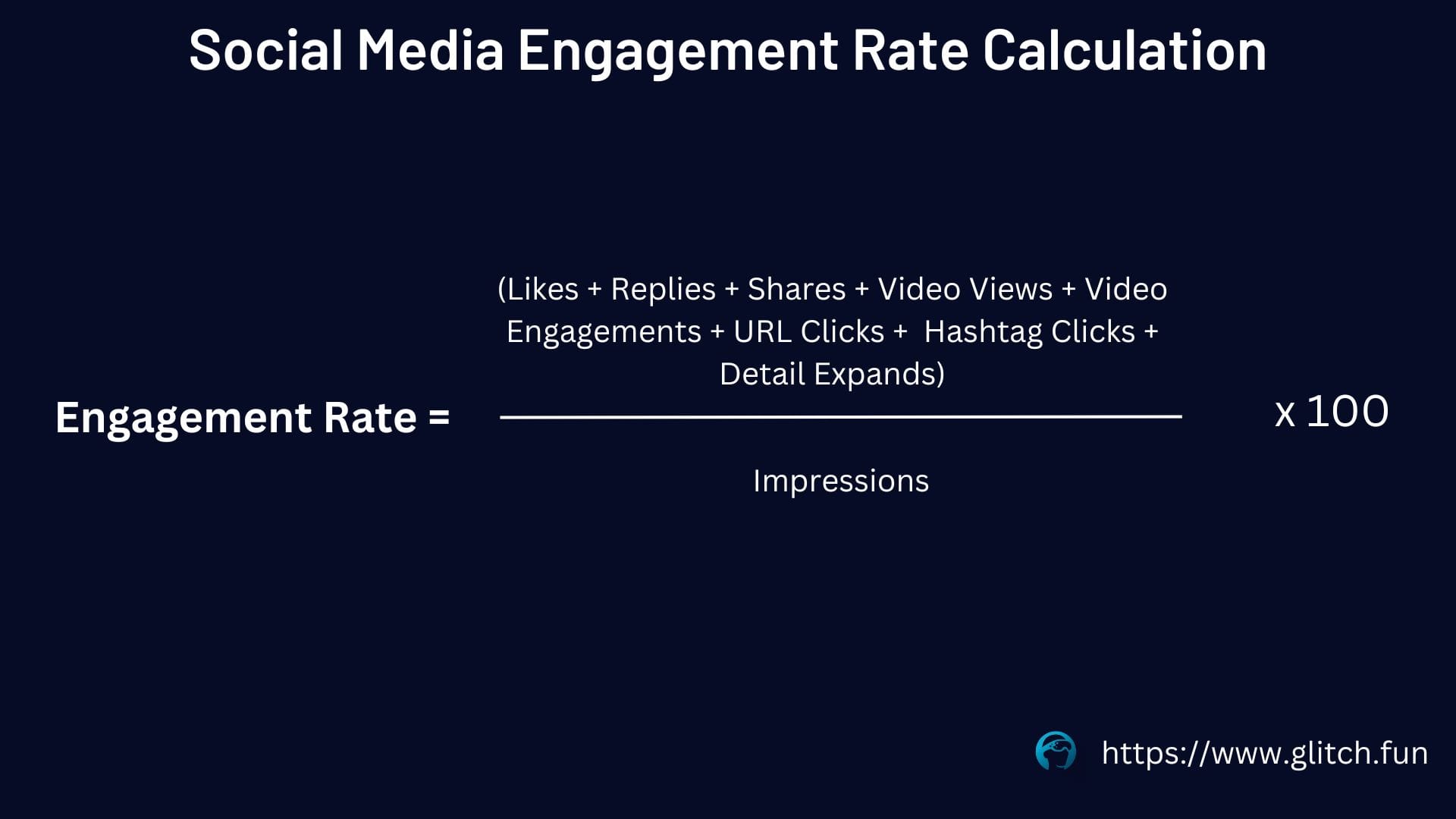
An engagement rate of around 2% is generally a strong signal.
For example, suppose you release character artwork of your game’s main characters—complete with in-depth sketches and intriguing bios—on social media. Even if you don’t have a storefront set up yet, users can still engage with your content and follow your updates. If your follower count is growing by 1% to 10% each week and your content engagement rate is around 2%, that is a strong indicator that you are developing a marketable game.
One example is an unnamed game with no store front page , but with high engagement on its content. It is evident that they have identified the key elements of a marketable game, even if the game is 2D sprites.
Second 2 star character for my upcoming game!#Pixelart #Pixel #Gamedev #Indieartist pic.twitter.com/Wn7xy29Qhg
— Amadeus Pixels (@AmadeusPixel) February 11, 2025
Another unnamed game with no store front that gets good engagement on their content:
New Color variations What do you think ? #indiegames #indiegame #gamedev #UnrealEngine pic.twitter.com/Wbk15JenBP
— Heevak (@Hevaaak) February 14, 2025
TLDR; a marketable game is one that resonates with its audience - thats it. It can be gauged at any stage in a game development, and should do this through the entire development process to understand and build your audience.
Wishlist Conversions: Another metric that assesses a pre-launched games marketability is their wishlist conversions (even without a demo). On platforms such as Steam, you should monitor the number of unique visits and the total wishlist additions. The conversion rate can be calculated using the formula:
Conversion Rate = (wishlist addition/snumber of unique visitors)×100 .
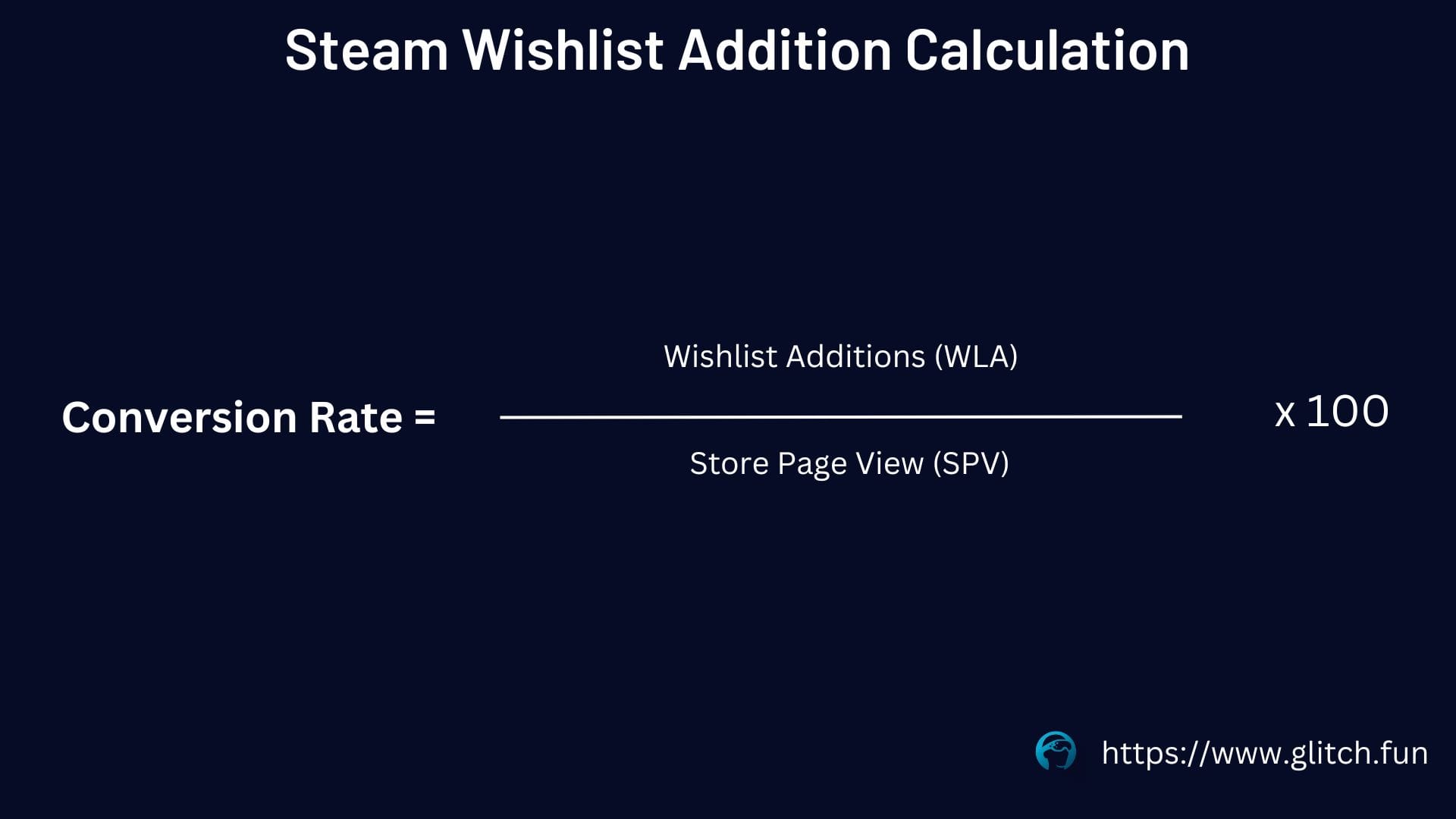
A good conversion rate typically falls between 5% and 15%.
For example, if a game receives about 1,000 Steam visits a month and gains 200 wishlist additions during that same period, the conversion rate would be 20%, indicating that the game is highly marketable and resonating strongly with its audience.
If you find that you are not getting engagement on social or wishlist additions in the pre-launch stage, it’s a strong sign that your game might not be marketable. At this point, you should assess a few factors:
- Target Audience: Your game might not be reaching the appropriate audience. Consider whether you are using the correct hashtags, relevant subreddits, and effective descriptions when posting on social media.
- Platform Best Practices: You might not be following the platform’s best practices when posting content.
- Low-Quality Game: The game’s content itself might be subpar—bad graphics, poor artwork, inconsistent design, or obviously AI-generated content.
- Bad Storefront Design: If your social media engagement is strong but your storefront conversions are poor, it could be due to a lack of exciting videos and images or subpar text descriptions.
If you find this the case, stop development and start doing market research.
- Try to obtain one-on-one feedback from your audience at every stage of development. This is where starting a community can be critical for gathering feedback. Make a safe space for them to give honest and open feedback about what they like and don't like about your game. Don't be afraid of going to subreddits like Destroy My Game to get the brutal and honest feedback that can change the entire direction of your game for the positive if you are open to the feedback.
- Look at other similar games in the space that you might consider competitors; if they are doing well, how you can apply their tactics to your strategy? Is the quality of their game much higher? Do they post more? What kinds content are they post (images, videos, polls, giveaways, etc). Is the graphics, artwork and gameplay a lot higher quality for the same genre and audience?
- Do a data analysis of your content. One of the most effective tools we employ at Glitch is our social scheduler, which analyzes what kind of content, emotional tone, media type, and call-to-action resonates best with your audience, thereby helping to position your game as marketable. And we compare how those marketing efforts translates into wishlist, sales and installs. There is this article about a data-driven approach to understanding marketability.
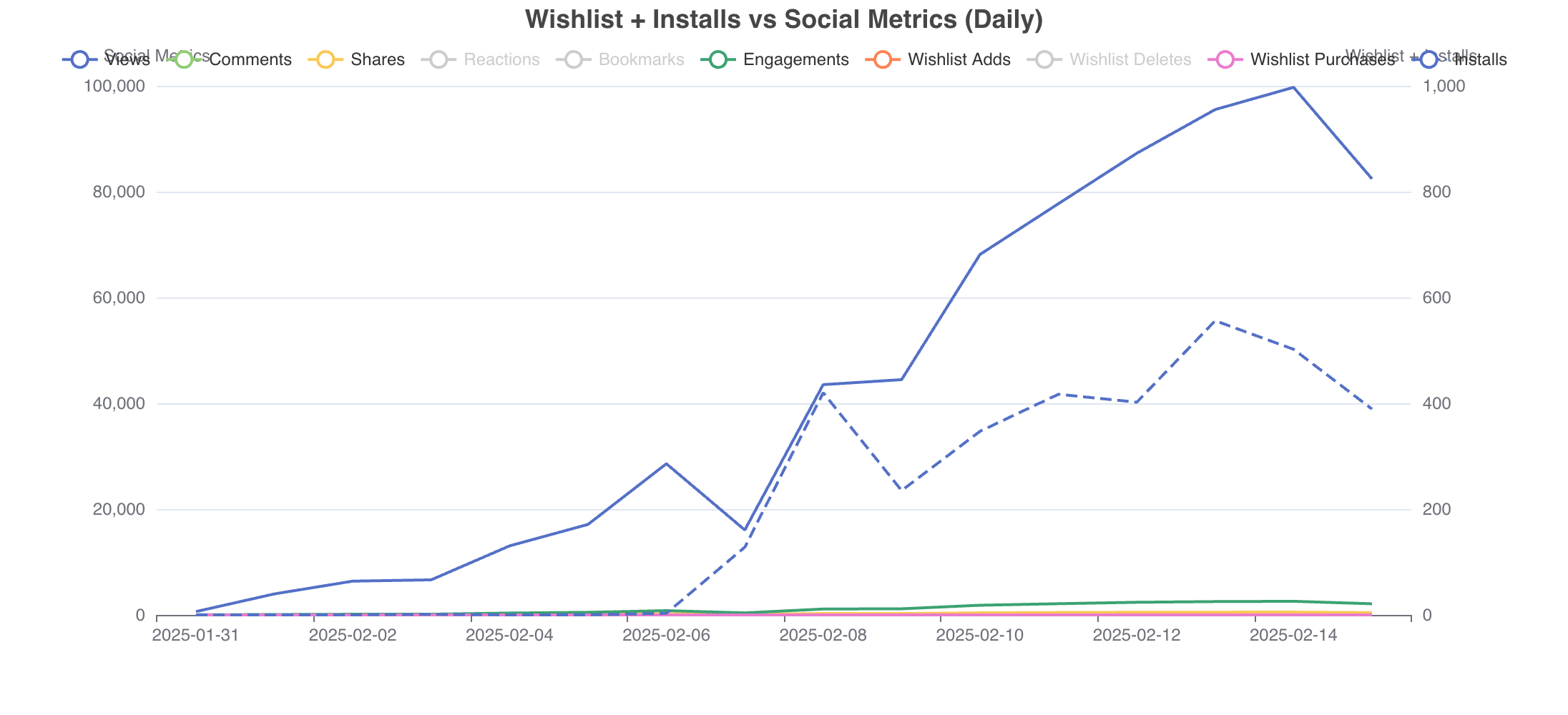
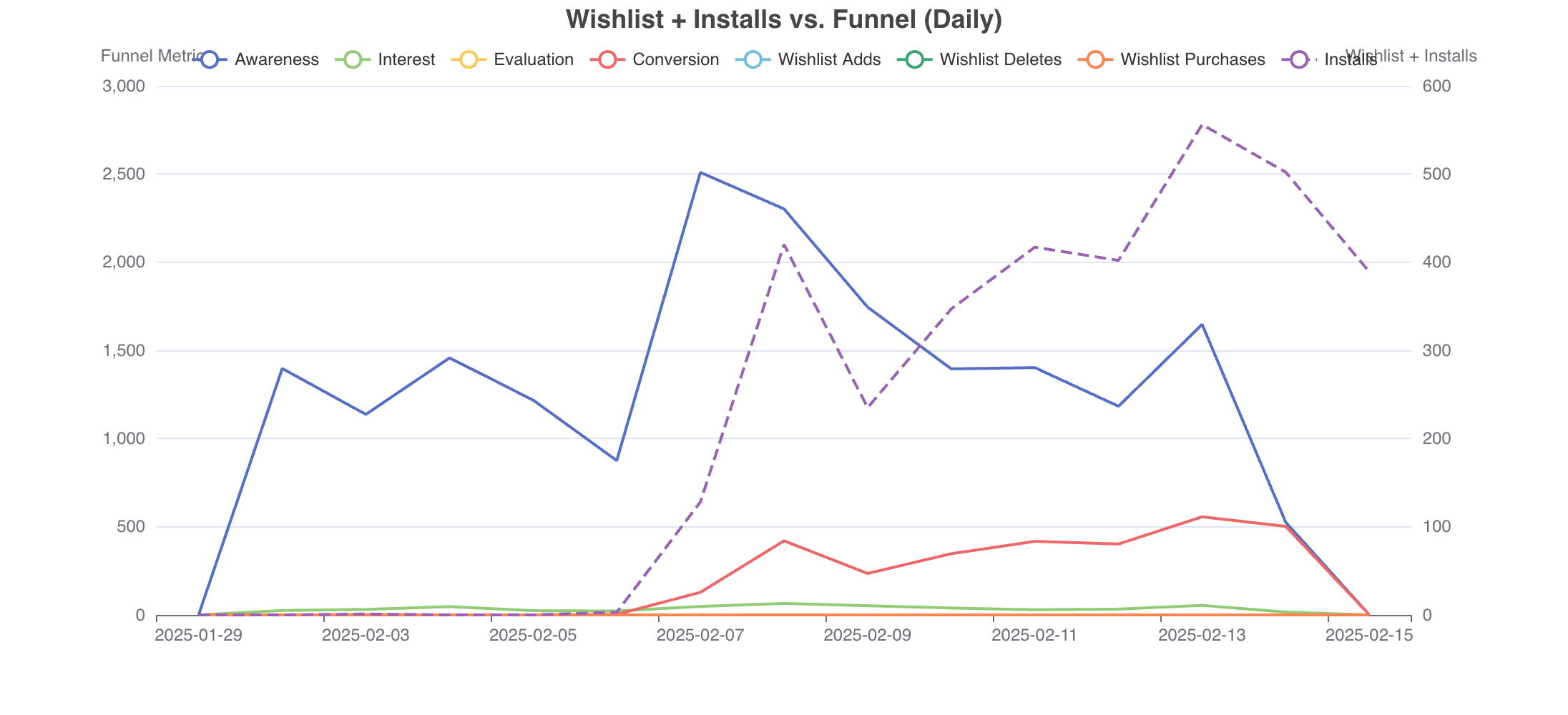


For your game’s long-term success, you should determine how to make your game marketable from the earliest stages and continuously refine this throughout the development process. Understand who your audience is, how to reach them, and what resonates. Waiting until the late stages of development to discover that your game is not marketable is a costly mistake.
Compelling Game
Next, consider whether your game is compelling. We’ve all experienced a game where we intended to play for only 20 minutes, only to find ourselves completely entranced for hours. What is it that makes you reluctant to put down the controller or keyboard? How do you determine if your game has this effect on its players?
Erik’s metric for compelling games focuses on the mode of playtime, not the average playtime. To explain, let’s dive into statistics and behavior. Suppose 10 people play your game. Nine players play it for 20 minutes each, and one player plays it for 9 hours (540 minutes). In this scenario, the average playtime would be calculated as follows:
(20 minutes×9)+540 minutes = 720 minutes.
Divide that by 10 players and the average is 72 minutes of play time.
This average is extremely misleading regarding your game’s success because it obscures the fact that most players only played for 20 minutes—indicating that the game might not be compelling. Instead, when analyzing gameplay data, you should examine the Histogram and Kernel Density Estimation (KDE) to gain a more accurate picture. See below for an illustration based on the example above:
In one chart, the data clearly shows that the majority of players spent only 20 minutes in the game, and show that majority of players are not that engaged.
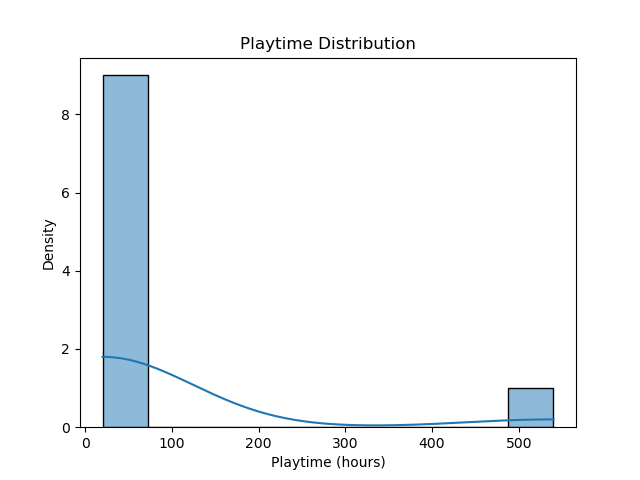
Now, consider a different distribution of playtimes: 5 minutes, 20 minutes, 40 minutes, 58 minutes, 62 minutes, 80 minutes, 85 minutes, 90 minutes, 90 minutes, and 540 minutes. The corresponding histogram and KDE for this dataset would reveal that the majority of players engaged with the game for between an hour and an hour and a half—a much stronger signal of compelling gameplay.
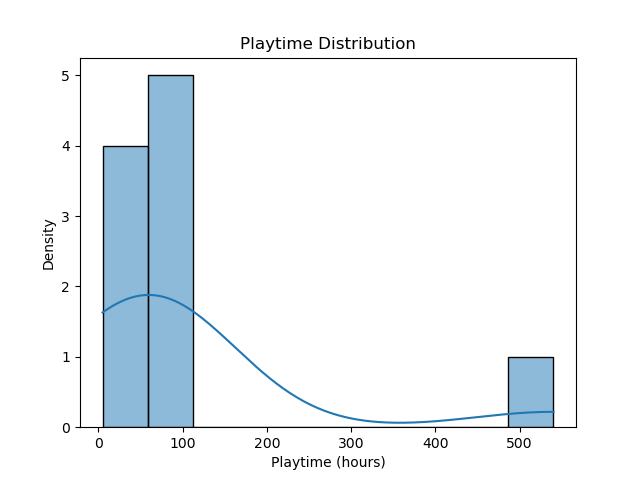
In addition you want to look at your retention too. How is your Day 1, Day 7, Day and Day 30 statistics. Standard Day 1, Day 7, Day 15, and Day 30 retention rates in gaming vary by genre and platform, but general benchmarks are:
- Day 1: 30-40%,
- Day 7: 10-20%,
- Day 15: 5-10%,
- Day 30: 2-6%.
Day 1 retention reflects initial engagement—how well a game hooks players early. Day 7 retention indicates ongoing interest, often driven by compelling content or progression systems. By Day 15 and beyond, retention relies on deeper engagement loops, community, and content updates. High retention at later stages suggests strong long-term player investment, often seen in successful live-service and social-driven games.
So, what attributes make users stick around for that long? Often, these include:
- Onboarding: Effective onboarding guides users in understanding how the game works, setting them up for success. In contrast, games with poor onboarding often frustrate players within the first 5 to 10 minutes, leading to abandonment.
- Captivating Introduction: A strong, engaging introduction to the game’s story or concept draws players in, sparking curiosity about what comes next.
- Graphics Appropriate to the Game Type: The visual quality should meet or exceed the expectations for the game’s genre. If the graphics fall short, they can detract from the overall experience.
- Gameplay Mechanics: The game mechanics should be intuitive and easy for users to learn and utilize. Overly quirky or complicated mechanics that require excessive time to master can drive players away.
- Bugs: While it is challenging to create a perfect game, an excessive number of bugs can significantly detract from its appeal. Bugs not only hinder the gameplay experience but also encourage negative reviews, which can further damage the game’s reputation.
You want to be collecting data from you users as they play your game, but this also where you want to have a lot of play testing. One of the biggest mistakes we see among solo developers and some indie developers is the belief that because they've played their entire game several times, that is all the playtesting they need.
Unless you are building a game for yourself and only yourself to play, make sure that you are playtesting your game extensively, getting structured feedback, and learning different perspectives of what the experience is like in your game.
Level Up: Uniting Marketability and Compelling Gameplay
In summary, developing a game that is both marketable and compelling requires a delicate balance between early marketing strategies and a robust, engaging gameplay experience. By tracking key metrics—such as social media engagement, wishlist conversions, and detailed playtime distributions—you can identify both strengths and areas for improvement throughout your game’s development.
Taking proactive measures—such as optimizing onboarding, refining gameplay mechanics, ensuring high-quality visual and audio content, and continuously gathering user feedback—can transform a promising game into a standout success. As you progress from concept to launch, remember that understanding your audience and iterating on your approach is the key to building a game that not only attracts players but also keeps them coming back for more.
Game on, and may your next project be a resounding success!




